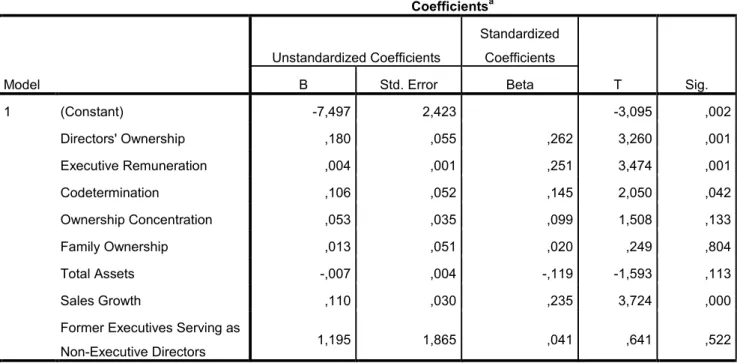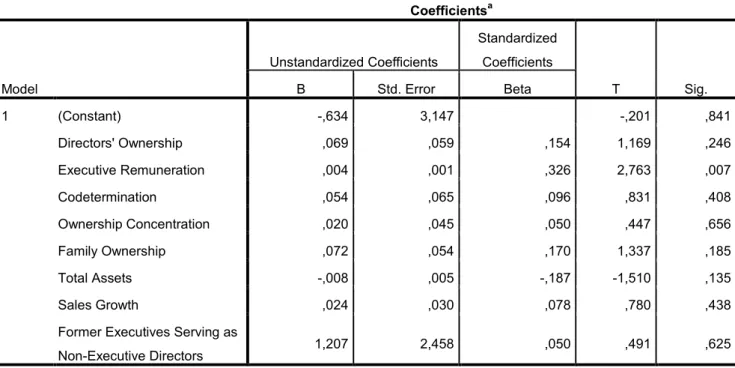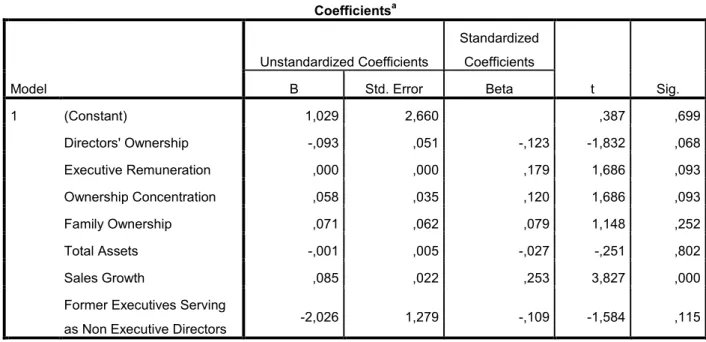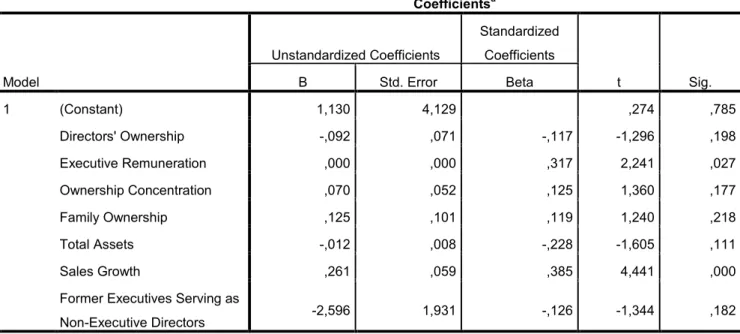UNIVERSITY OF REGENSBURG
Volltext
Abbildung
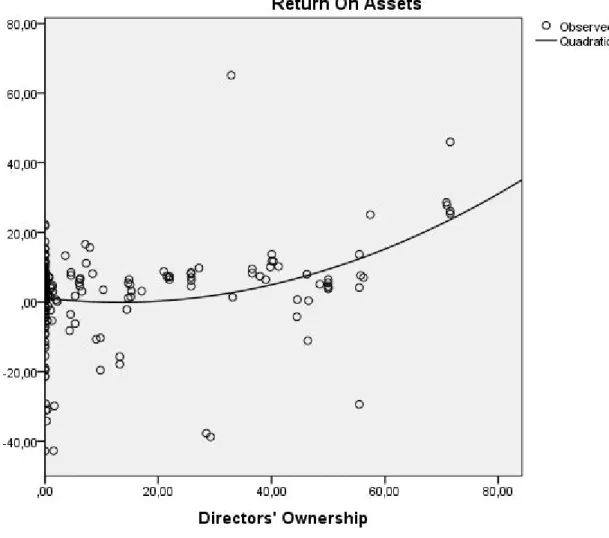



ÄHNLICHE DOKUMENTE
However, Bulletin no 6, issued in March 2005, stated that the social housing sector was making faster progress than the private sector (encompassing both owner-occupation and
Our results indicate that positive effects of institutional investors on innovation are concentrated in industries with high degrees of dependence on external finance,
a) Cooperatives UK, Social Enterprise UK, National Council for Voluntary Organisations, the Association of Chief Executives of Voluntary Organisations and other third
Whilst increased accuracy and control should lead to greater ownership of the output, how we evaluate the sufficiency of the user’s ownership of their speech will require more
Questions such as how does the number of coordinated firms in a market influence the manager compensation schemes, the managers’ competitive behavior, the firms’ profits and finally
In response to the Pew survey, 45 per cent of men said they lived in a gun-owning house- hold, compared with 30 per cent of women, suggesting that women are less likely to be
government, businesses, and households abroad have usually yielded higher returns than foreign holdings in the United States, the U.S. net international investment position has
Economic reform in East Asia has been dominated by the devolution of selected property rights over assets - particularly a large share of utilization rights and
